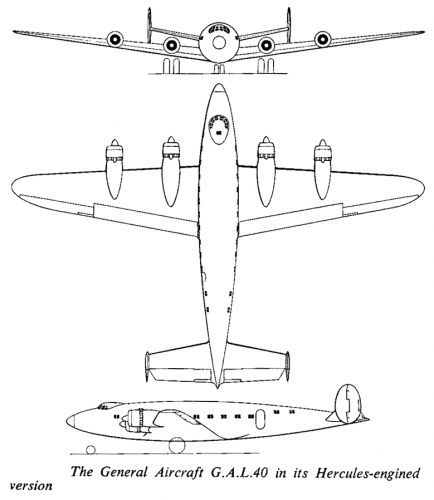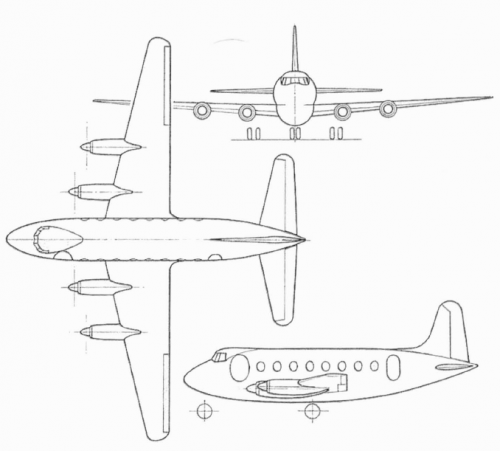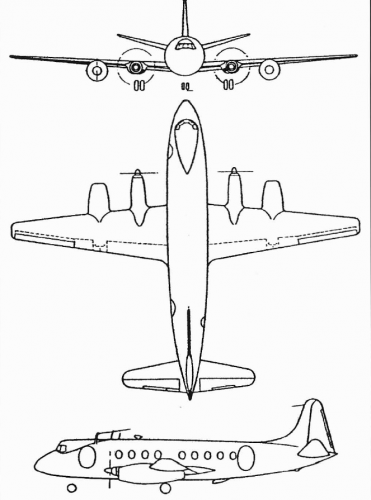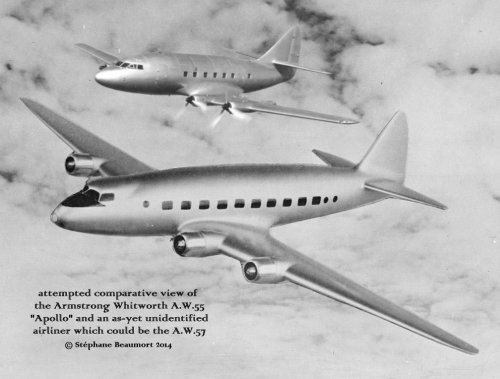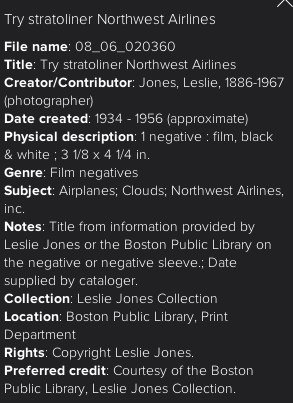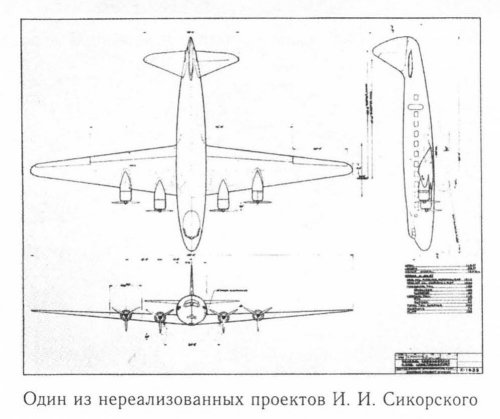- Joined
- 13 June 2007
- Messages
- 2,031
- Reaction score
- 2,258
Hi All -
The Boston Public Library has an extensive Flickr stream with a fair amount of aviation imagery on it. One of the images is of a proposed 4 engine airliner - most of the images are lacking in specific information/detail and what's with the photo is suspect at the least. See:
http://www.flickr.com/photos/boston_public_library/7314237266/sizes/o/in/set-72157626899741411/
The photo is also attached. Anyone have info on the design? It seems to have a Vickers style in the shape of the cockpit area and possibly the fuselage and vertical fin.
Thanks in advance! Mark
The Boston Public Library has an extensive Flickr stream with a fair amount of aviation imagery on it. One of the images is of a proposed 4 engine airliner - most of the images are lacking in specific information/detail and what's with the photo is suspect at the least. See:
http://www.flickr.com/photos/boston_public_library/7314237266/sizes/o/in/set-72157626899741411/
The photo is also attached. Anyone have info on the design? It seems to have a Vickers style in the shape of the cockpit area and possibly the fuselage and vertical fin.
Thanks in advance! Mark

